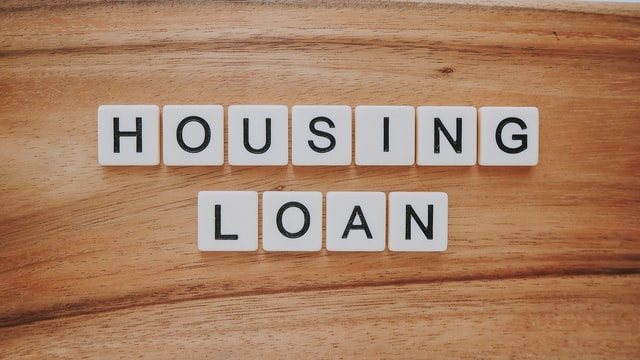Getting a mortgage loan, paying your mortgage, and refinancing your mortgage can be major undertakings anytime, but the process can become even more complicated when a global health crisis is involved.
While there have been some silver linings—like record low-interest rates—there also have been several changes to note, with mortgage lending looking different now than at the start of the year. So, whether you’re applying for a new mortgage, paying your current one, or curious about refinancing, here are 6 things you should keep in mind.
1. Rates have dropped, but getting a mortgage has gotten more complicated
Rates have been extremely low in recent weeks, and have returned to their absolute lowest levels in a long time. That means now could be a great time to take out a mortgage and lock in a low rate. But you can expect to underwrite a mortgage to have become a more complex process across the industry, with many of the third-party partners that lenders rely on (such county offices, appraisal firms, and title companies) still closed or taking steps to mitigate their exposure to COVID-19.
Even if you can file your mortgage application online, many steps in the process traditionally happen in person, including notarization, conducting a home appraisal, and signing closing documents. As social distancing continues to make these steps more difficult, you might have to settle for a “drive-by appraisal” rather a more traditional appraisal inside the home.
2. Be ready to prove (many times) that you can pay a mortgage
If you’ve lost your job or been furloughed, you might not be able to buy your dream house (or any house) right now. You must be employed and on the job to buy a home or refinance your current mortgage. If you have a loan in process and become unemployed, your mortgage closing must wait until you return to work and receive your first paycheck.
Lenders also are taking extra steps to verify each borrower’s employment status before you can get a loan. While lenders typically run two or three employment verifications before approving a new loan or refinancing, many are now verifying employment up to 10 times, sometimes even every three days. That means you need to be patient and readily available with additional documents during this difficult and uncharted time in history.
3. Your credit score might not make the cut anymore
Economic uncertainty means lenders are just as nervous as borrowers, and some lenders are raising their requirements for borrowers’ credit scores. For instance, some lenders who were previously able to approve FHA loans with credit scores as low as 580 are now requiring at least a 620 score to qualify. So, even if you aren’t in the market for a new home today, now is a good time to work on improving your credit score if you plan to buy in the future. While these changes are temporary, you can expect them to stay in place until the entire country is reopened and the unemployment numbers drop significantly.
4. Forbearance isn’t forgiveness—you’ll eventually need to pay
The CARES (Coronavirus Aid, Relief, and Economic Security) Act requires loan servicers to provide forbearance (or deferment) to homeowners with federally backed mortgages. That means if you’ve lost your job and are struggling to make your mortgage payments, you could go months without owing a payment. But forbearance isn’t a given, and it isn’t always all it’s cracked up to be. The CARES Act is not designed to create freedom from the obligation, and the forbearance is not forgiveness. Missed payments will have to be made up.
You’ll still be on the hook for the payments you missed after your forbearance period ends, so if you can afford to keep paying your mortgage now, you should. Note: To determine if you’re eligible for forbearance, call your loan servicer—don’t just stop making payments. If your deferment period is ending and you’re still unable to make payments, you can request delaying payments for additional months. Once you resume your payments, you may be able to defer your missed payments to the end of your mortgage. Check with your loan servicer to be sure.
5. Don’t be too quick to refinance
Current homeowners might be eager to refinance and gain a lower interest rate. But while it’s not a bad idea, it might not the best move for everyone. Homeowners should consider how long they expect to reside in their home. They also should account for closing costs, such as appraisal and title insurance policy fees.
If you plan to stay in your house for only the next two years, for example, refinancing might not be worth it—hefty closing costs could offset the savings you would gain from a lower interest rate. It’s also important to remember that refinancing is essentially underwriting a brand-new mortgage, so lenders will conduct income verification and may require similar documentation as they did the first time around.
6. Now could be a good time to take out a home equity loan
Right now, homeowners can also score low rates on a home equity line of credit (or HELOC) to finance major home improvements like a new roof or addition. That means it might be a great time to take out a home equity line to consolidate debt.
This process will help reduce the total obligations on a monthly basis and enable the balance to be refinanced into a much lower rate. Just be careful not to over-improve your home at a time when the economy and the housing market are uncertain.



